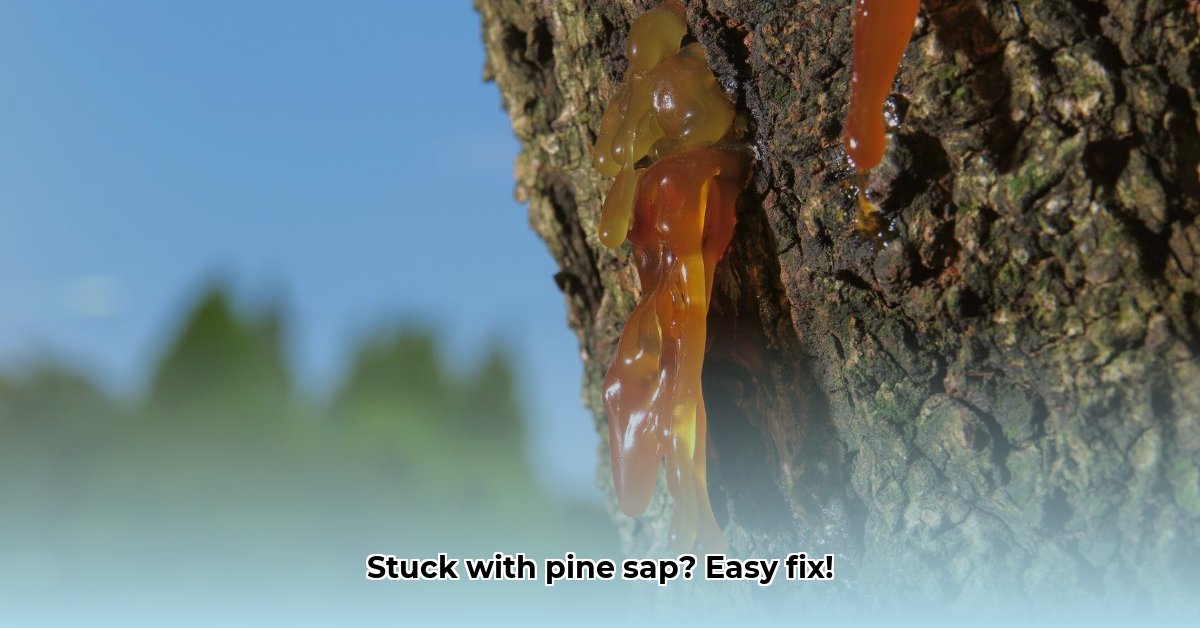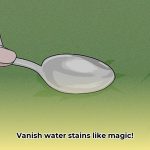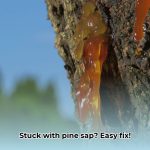Banishing Pine Sap: Proven Removal Methods
Getting pine sap on your clothes can be frustrating, but don’t worry! It’s usually not a clothing catastrophe. This guide provides effective methods for removing pine sap, from simple tricks to more involved techniques, using common household items.
1. Freezing for Easy Removal
Freezing hardens the sap, making it brittle and easy to remove. Place the garment in a freezer bag and freeze for a couple of hours. Once solid, gently scrape the sap off with a dull knife or spoon. This method works particularly well for thicker fabrics and larger clumps of sap.
2. Rubbing Alcohol: Dissolving the Stickiness
Isopropyl alcohol (rubbing alcohol) acts as a solvent, breaking down the sap. Dampen a cloth or cotton ball with alcohol and dab the stain. Don’t rub, as this could spread the sap. Repeat as needed and launder afterward. This method is generally quick and effective for most fabrics. Hand sanitizer, often containing a high percentage of alcohol, may also work in a pinch.
3. Vinegar Solution: A Gentle Approach
White vinegar’s mild acidity can break down pine sap. Mix two parts vinegar with one part water. Soak a cloth in the solution and blot the stain. Let it sit for 30 minutes, then launder. This gentle method is ideal for delicate fabrics.
4. Stain Remover/Detergent: Quick and Convenient
Commercial stain removers or even liquid laundry detergent can be effective. Apply directly to the sap, following product instructions. Let it soak for 20-30 minutes before washing in the hottest water safe for the fabric.
5. Detergent Paste: For Stubborn Stains
For tough stains, make a paste of powdered laundry detergent and water. Apply to the stain and let it sit for at least 30 minutes, or overnight for really stubborn spots. Adding a few drops of non-sudsy ammonia may boost effectiveness, but always test on an inconspicuous area first. Launder as usual.
6. Oil-Based Methods: Counterintuitive yet Effective
Oils like peanut butter, vegetable oil, or olive oil can help break down the sap. Apply a small amount to the stain, work it in, and let it sit for 30-60 minutes before washing. This may require pre-treating and sometimes a second wash cycle to remove any remaining oil.
Understanding Pine Sap and Why It’s So Sticky
Pine sap is a resin, a sticky substance trees produce for protection. It’s hydrophobic, repelling water, which makes it difficult to remove with just washing. Its sticky nature is due to complex resinous compounds. Ongoing research suggests other factors may contribute to its stickiness, but the exact mechanisms are still being investigated.
Step-by-Step Guide to Removing Pine Sap
-
Assess the Damage: Consider the stain’s size, age, and the fabric type to choose the right removal method.
-
Choose Your Weapon: Select a method based on the assessment. Options include freezing, solvents (like rubbing alcohol or nail polish remover – use with extreme caution!), oils, baking soda paste for delicates, or commercial stain removers.
-
Launder: After treating, launder the garment as usual to remove residue.
-
Repeat if Necessary: Stubborn stains may require repeating the chosen method or trying a different approach.
Essential Tips for Sap Stain Removal
- Act Fast: Fresh sap is easier to remove. Treat the stain as soon as possible.
- Avoid Heat: Don’t put the garment in the dryer until the stain is gone. Heat sets stains.
- Test for Colorfastness: Test any cleaning method on an inconspicuous area first.
- Safety First: Use solvents in a well-ventilated area and away from children and pets. Wear gloves to protect your skin.
- Fabric Awareness: Delicate fabrics require gentler methods.
- Persistence Pays Off: Don’t give up if the first attempt doesn’t fully remove the stain. Repeat the process or try a different method.
- Prevention: Consider stain-repellent sprays or wearing older clothes in pine-heavy areas.
Choosing the Right Method for Your Fabric
| Fabric Type | Recommended Method(s) | Caution |
|---|---|---|
| Delicate | Freezing, Vinegar, Dish Soap, Baking Soda Paste | Avoid harsh chemicals like WD-40. Always test first. |
| Sturdy | Rubbing Alcohol, Commercial Stain Remover, WD-40 (last resort) | Test in an inconspicuous area first. WD-40 can damage some fabrics. |
While these methods are generally effective, individual results may vary. The best approach depends on the type of sap, fabric, and the stain’s age. Don’t be discouraged if one method doesn’t work perfectly – try another! With patience and the right technique, you can likely remove the sap and have your clothes looking their best again.
- How to Remove Water Stains from Fabric: A Complete Guide - April 26, 2025
- How to Get Motor Oil Out of Clothes: Proven Methods & Expert Tips - April 26, 2025
- How to Get Deodorant Out of Black Shirts: Easy Stain Removal Guide - April 26, 2025










